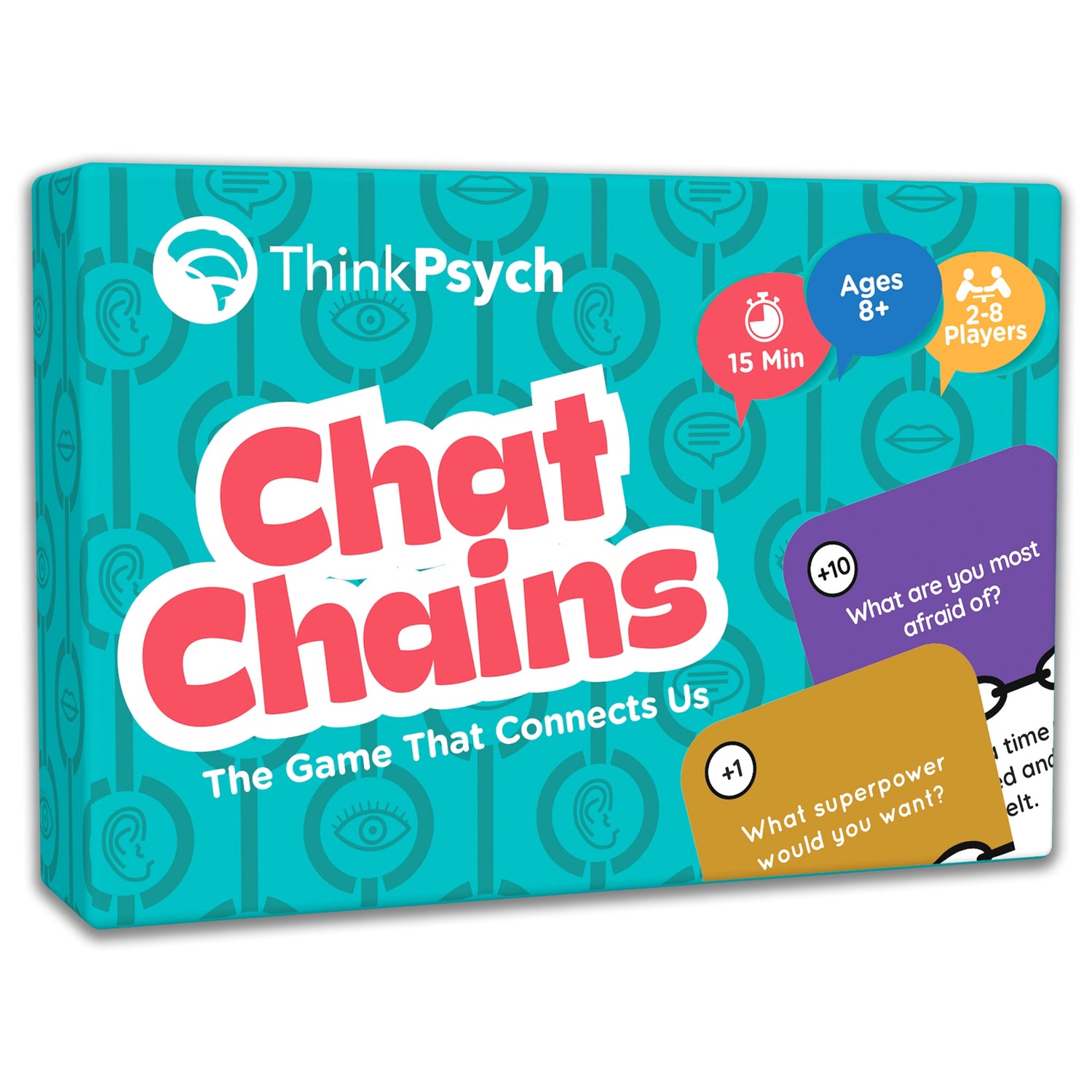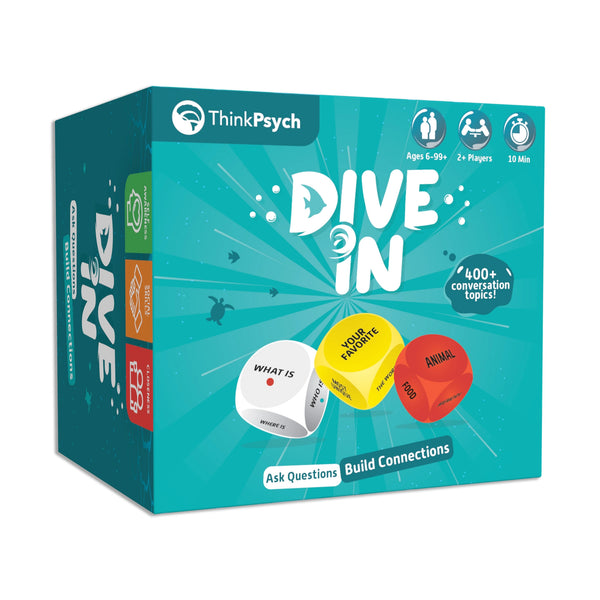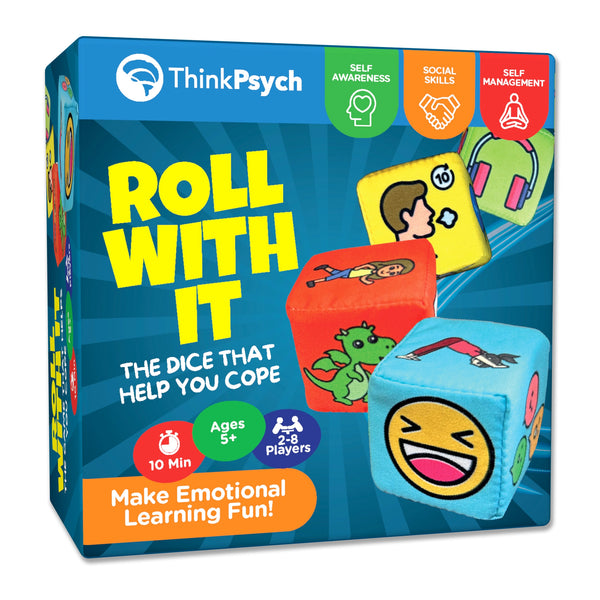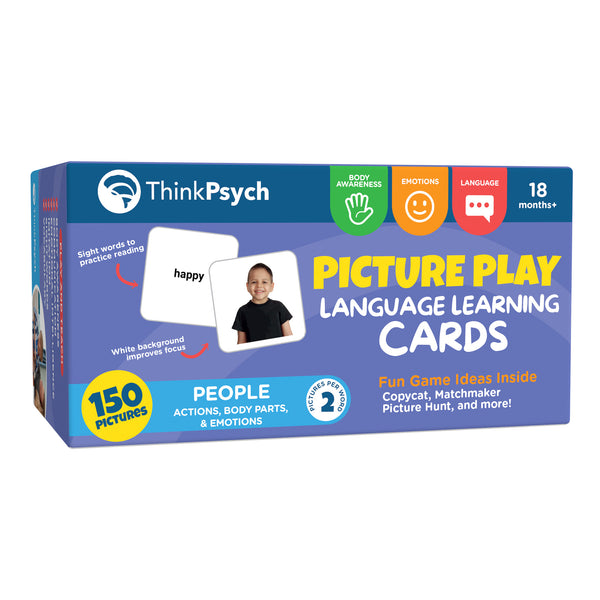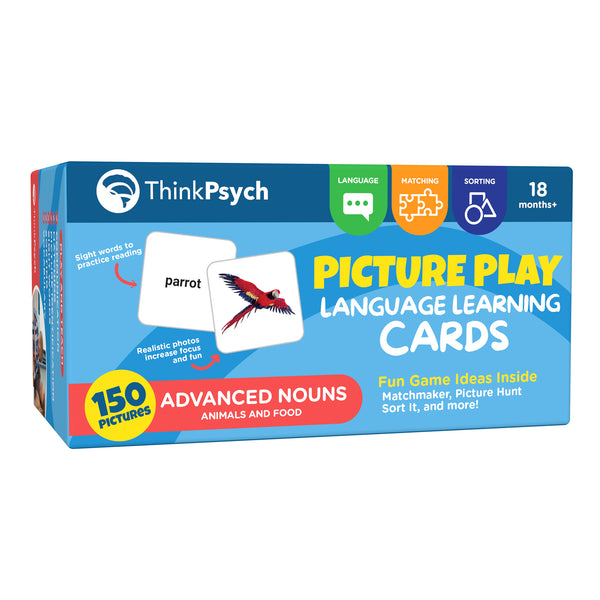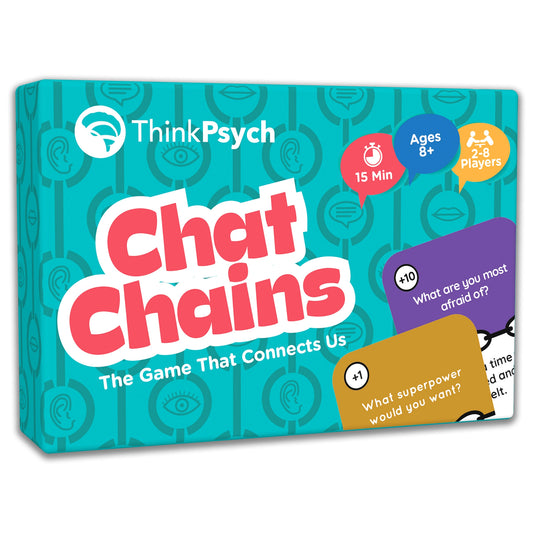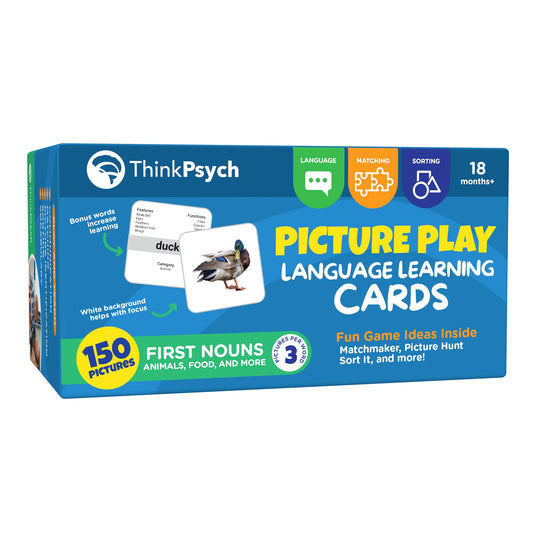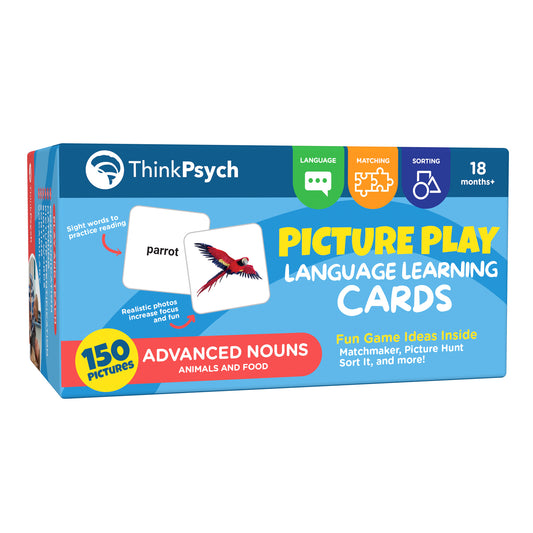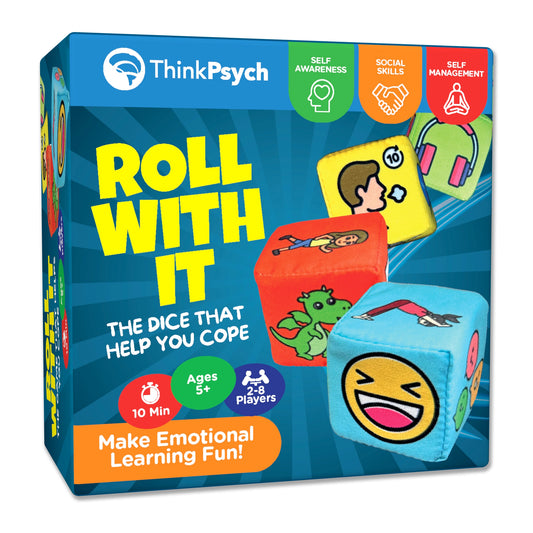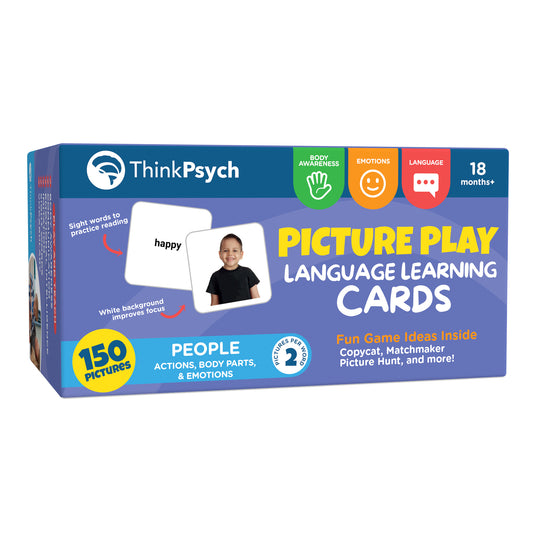
How to Get an IEP for Your Child
Share
Introduction
If your child is struggling in school, you may have considered getting an individualized education program (IEP) for your child (see Does my child need an IEP?). Now that you’ve decided that your child needs support, how do you get an IEP? Like most things in the public school system, the process of obtaining an IEP in schools takes time, and there are several steps that must be taken first. This IEP timeline is established based on regulations set forth by federal law in the United States, under the Individuals with Disabilities Education Improvement Act (IDEA). Below is an outline of the special education evaluation process for requesting and developing an initial IEP based on IDEA requirements.
1. The child must be referred.
The first step is to refer your child for an evaluation. This referral can come from anyone who knows the child (e.g., parent, teacher, Intervention and Referral Services or I&RS team, doctor) but typically comes from the parent. This letter must be given in writing to the Special Services department in your district. Some districts require that this letter be physically signed and delivered, while others accept an email. You’ll want to check with your district to ensure that you’re following the required procedures.
2. An identification meeting will be held.
Once a referral is received, the district will schedule an initial “identification” meeting. Each state has established a timeline for when this meeting must be held based on IDEA law – in New Jersey the identification meeting must be held within 20 days of receipt of referral. At this meeting, those who know the child best will be present (e.g., parents/guardians, teacher, guidance counselor). Some states have specific regulations for who must be present at that meeting. For instance, in New Jersey, the Child Study Team (CST) must be present, which is comprised of a school psychologist, social worker, and learning disabilities teacher-consultant.
At the identification meeting, the team will make a determination as to whether to evaluate your child. Your child’s current progress and history of difficulties will be reviewed. This may include an examination of grades, state assessments, benchmark scores, work samples, and teacher feedback. If your child has previously received interventions (such as through I&RS) or has a Section 504 health plan, these interventions and accommodations will be reviewed, as well as the child’s response to them.
After hearing your concerns and reviewing all of the data, the team will decide whether an evaluation is warranted. If the answer is no, it is within your right to refer your child again at any time that you wish. Sometimes, if interventions haven’t been put in place before the identification meeting, the team will recommend interventions first. Then, after interventions have been implemented for a period of time with no results, it may be recommended to refer the child a second time.
Customer Favorites From Our Store
3. Evaluations will be conducted.
If the school determines that evaluations are warranted, they must then obtain written consent from the legal guardian before proceeding with testing. Once written consent is received, the timeline for conducting an “initial evaluation” starts. This timeline varies from state to state and may range from 60 to 90 calendar days. Evaluations often include an educational assessment, a psychological assessment, and a social history assessment. Other evaluations considered may include speech and language, occupational therapy, physical therapy, psychiatric, or neurological, based on the child’s needs.
4. An eligibility conference will be held.
After all evaluations are conducted, an eligibility conference will be scheduled within the established timeframe. You as the parent are entitled to receive all written evaluation reports prior to this meeting.
At the eligibility conference, the same people from the identification meeting will often be present. A special education teacher may also be in attendance to comment on special education programs available in the district. The evaluators will review the findings of their reports and will inform you of their decision regarding eligibility. Your child may be considered eligible for special education and/or related services if he or she presents with a disability that demonstrates academic impact and a need for special education services. IDEA has established 14 different possible IEP disability categories:
- Auditorily impaired
- Autistic
- Communication impaired
- Deaf/blindness
- Emotionally disturbed
- Intellectually disabled
- Multiply Disabled
- Orthopedically impaired
- Other health impaired
- Preschool child with a disability
- Social maladjustment
- Specific learning disability
- Traumatic brain injury
- Visually impaired
5. An IEP meeting will be held.
If your child is found eligible for services, an IEP will be developed. Timelines may vary across states, and the IEP meeting may be held on the same day as the eligibility conference or within the following month. A recommended program will be presented based on the strengths and needs of your child. The IEP is a working document that is put together collaboratively by those who know the child best. As the child’s parent, you are a member of the IEP Team, along with anyone else in attendance at the meeting. When an initial IEP is developed, no services will be implemented without written consent from the child’s legal guardian first.
Conclusion
We hope this article has provided an understanding for the process of obtaining an initial evaluation and developing an IEP for your child. For further information on the IDEA regulations, you can access the IDEA website here. If you have additional questions or feedback on our article, please leave us a comment below. Thank you for reading!
